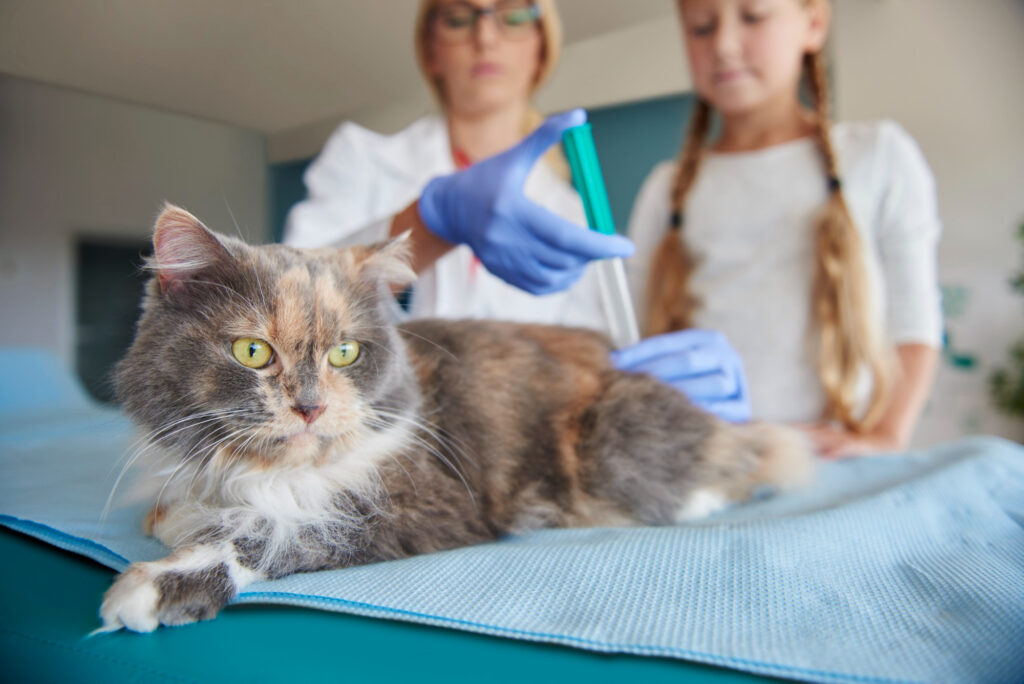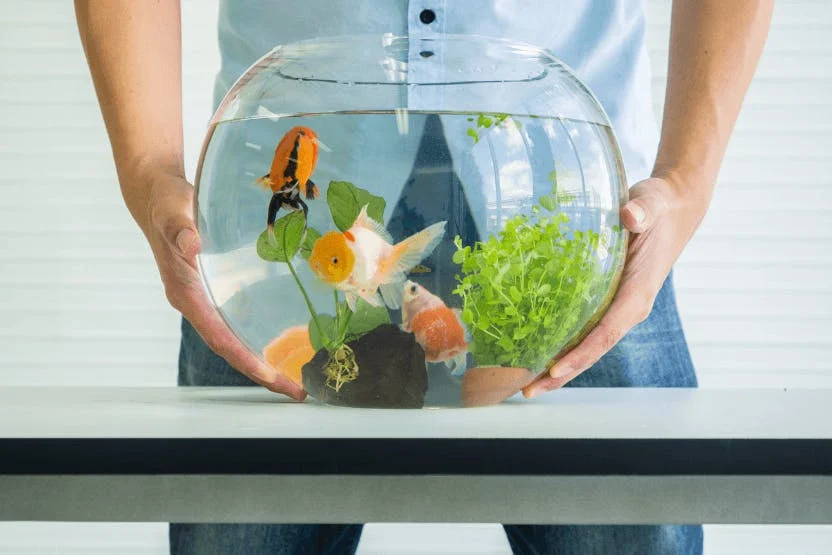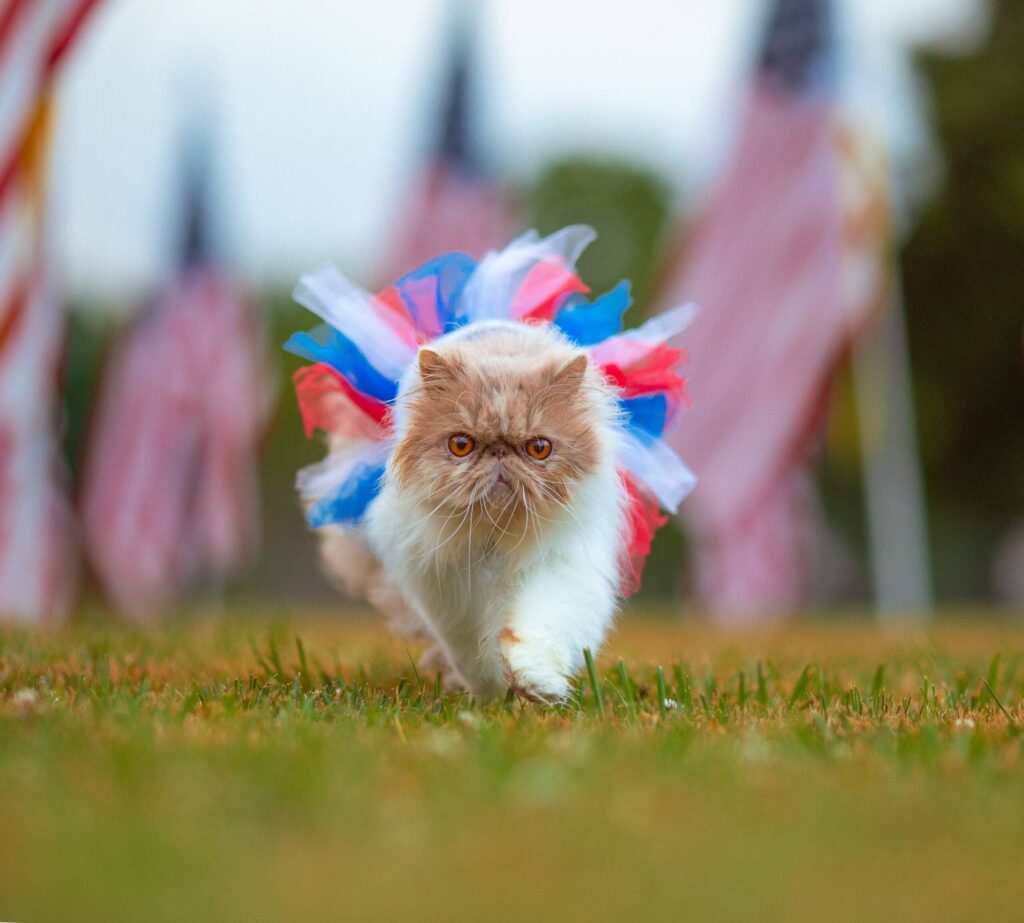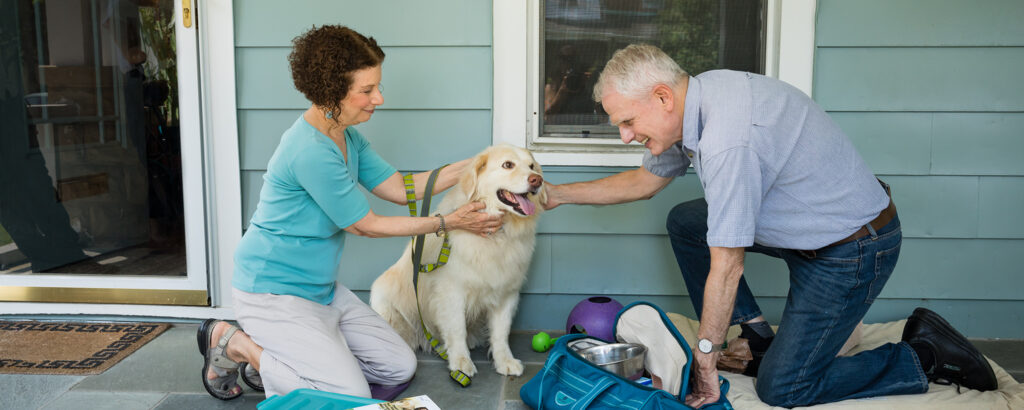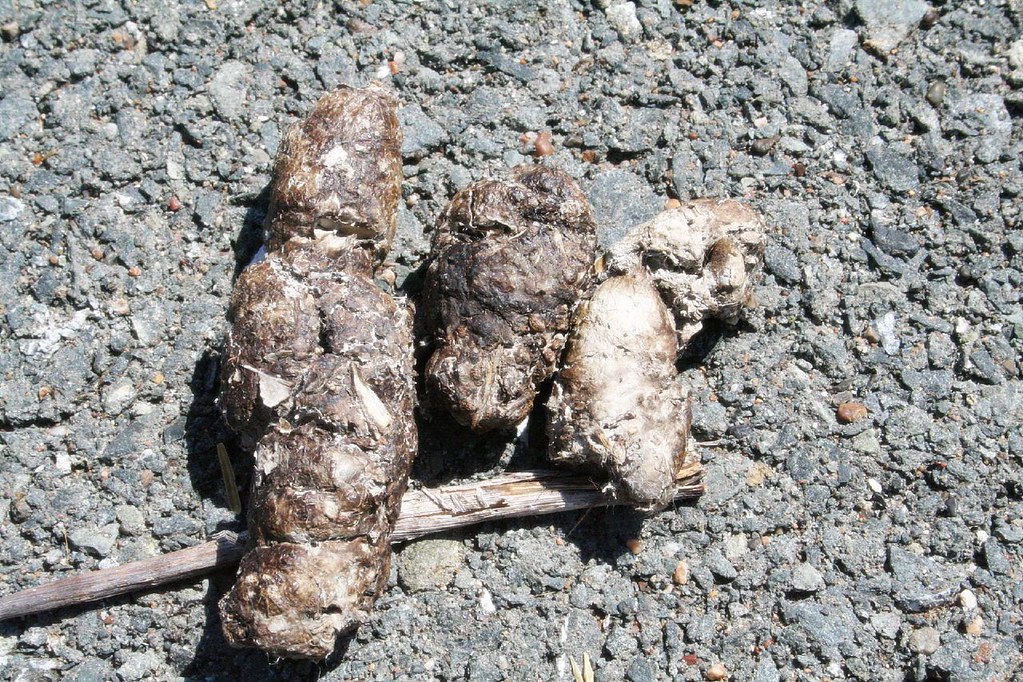What should I do if My Dog’s Front Paws Turn Inwards?
If you’ve noticed that your dog’s front paws are turning to the side when they walk or when you ask them to “Sit,” it might be something to worry about. Just like people, dogs can have joint or orthopedic problems.
As a pet owner of a Doberman with concave paws, I know that some dog breeds have front feet that turn in. Dobermans, Shar Peis, Great Danes, Beagles, and Boxers are some breeds that are known to have this issue. But remember, any breed of dog can have inward-facing paws.
This problem is something to pay attention to. If your dog’s front feet are turning in, it could be caused by things like carpal varus, soreness or injury, or even nerve issues.
In this article, we will look at the possible reasons why your dog’s paws might be turning inward, so you can feel more at ease. By the end, you’ll know if it’s time to visit the vet.
Why Do Your Dog’s Front Paws Turn Inward?
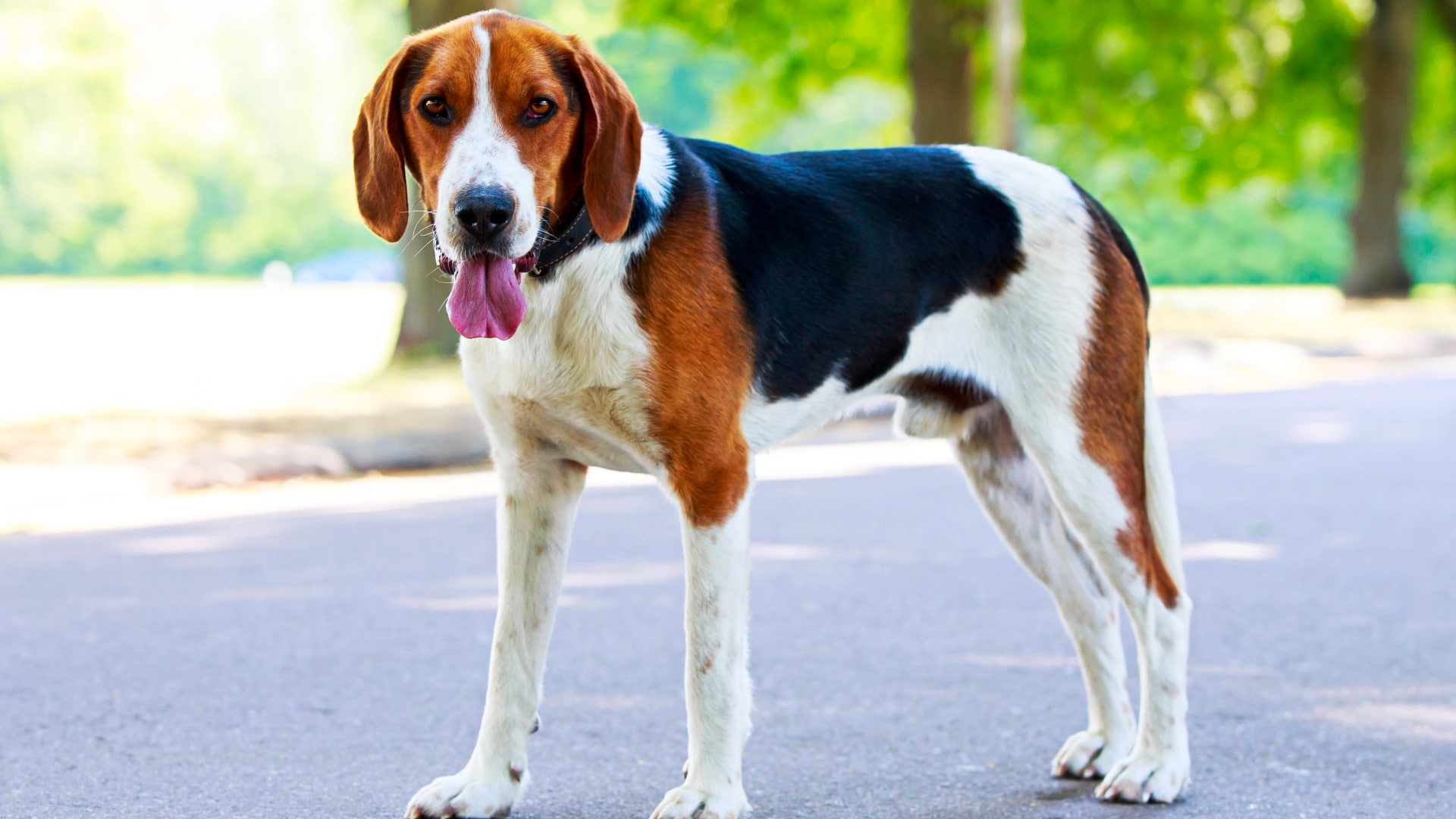
As I mentioned before, if your dog’s feet are turning to the side, it could be because of their breed. This is important to know, but it doesn’t mean you shouldn’t get a medical check-up.
When a dog’s paws rotate inward, it could be a condition called Carpal Varus.
“Carpal” refers to the wrist joint, and “Varus” means the paw is pointing to the inside.
Carpal Varus happens when there’s a problem with the tendon in the carpal joint. This can cause the paws to turn inward.
You can notice this more clearly when your dog walks. They might start to drag their paws or their paws might drag on the floor, which is called “knuckling.”
In this article, we’ll explain how to spot the possible reasons for inward-facing paws, how vets usually treat this, and how to care for your dog’s paws at home. Plus, we’ll talk about other issues that can cause this, like injury, infections, or joint problems, and when you should take your dog to the vet.
What Causes My Dog's Front Paws to Turn Inward When Walking?
If you notice your dog’s paws turning inward while walking, it could be a sign of a neurological issue.
Before you get too worried, know that knuckling is fairly common and usually not too serious. When a dog’s front paws move inward while walking, it could be due to a condition called proprioception or a CP deficit.
Proprioception is how a dog knows where its body is in space. If there’s a CP deficit, it means the dog isn’t aware of where their feet are, which can cause their paws to turn inward.
If there’s no major spinal problem, physical rehabilitation is usually the best way to treat a CP deficit. This helps the dog regain proper movement and awareness of their paws.
What Does It Mean When A Dogs’ Paws Turn Inwards?
It’s important to think about your dog’s age, weight, activity level, and breed when deciding how serious the inward-turned paws might be.
Also, pay attention to any other health problems your dog might have or if you’ve noticed any of these signs:
- Swelling in their paws or legs
- Difficulty getting up or sitting down
- Trouble walking or running
- Limping or favoring one leg
- Pain when touching their paws
These signs can help you understand if there’s a bigger issue that needs attention.
1. Soreness Or Trauma
One reason for your dog’s concave feet is physical or mental trauma from over-exercising.
Dogs are often vulnerable to the earth when it’s extremely cold or hot and could drag their paws when they walk.
If your dog starts knuckling it could be a sign that your dog’s inward-facing paws are creating discomfort for them.
A burned or sore paw that doesn’t heal after resting should be brought to a vet for treatment to avoid any further injuries.
2. Carpal Deformities
If your dog’s paws are turned inwards feet, they could have carpal defects. This is especially true for puppies who are going through periods of growth that alter how they look. feet.
The cause of these issues could be excessive protein intake and therefore, it is important to be attentive to the diet of your dog.
If your puppy is younger than 4 months old It is possible that their paws will change to their normal form.
But, it’s always recommended to have the eyes examined by a vet in order to make sure that there won’t be any permanent abnormalities.
3. Degenerative Myelopathy
Senior pets (ages 8-14) could be suffering from something called Degenerative Myelopathy- a disease that causes myelin, which is the white matter that is found around the bone, starts to break down.
In the event that your dog seems to be wriggling or is having trouble getting up, it could be an indication that their forward-facing paws have an issue.
Although your dog may not be experiencing immediate pain, the condition tends to progress frequently until the point that your dog may not be capable of walking.
4. Intervertebral Disc Disease (IVDD)
Intervertebral Disc Disease (IVDD) is a serious issue that could be responsible for your dog’s paws to turn inwards. IVDD can develop as your dog grows older or because of physical trauma.
IVDD causes dogs to lose flexibility in their back and makes them more prone to injuries.
When a dog is suffering from IVDD the spinal cord is slowly degenerated which causes stiffness, knuckling, or an odd walk.
Do you have a dog with an inward-facing paw or other indications like weakening or a tendency to yell when you pull the tail? If so, it may be time to examine more than the paws and determine whether there’s something more serious happening.
5. Cervical Vertebral Instability (CVI) or Wobblers Syndrome
Wobblers Syndrome can be described as a neurological condition that is caused by compression of the spinal cord. The dog’s gait is prone to become more difficult over time.
It’s more common in larger breeds of dogs, such as:
- Dobermans
- Rottweilers
- Pinchers
Wobblers Syndrome can trigger neck and nervous system discomfort and nerve pain, so keep an watch on your dog to determine whether CVI may be the cause of the paws that are facing towards the inside.
Large breed dog the intake of calcium isn’t an important factor in CVI. Calcium might be the culprit in small dogs and puppies rather. Sometimes treatment requires surgery.
My Dog’s Paws Turn Inwards But It Otherwise Seems Fine…
If your dog’s paws point towards the back, and they seem okay while walking, running, or playing, it might not be a big problem. But it’s still a good idea to visit the vet to check if a neurological issue is causing it.
Vet bills can be expensive, but it’s important to remember that paws turning inward could turn into something more serious if not looked at. Also, you might miss some symptoms.
Watch for any strange or uncomfortable walking patterns, and take your dog to the vet as soon as you can if you notice anything unusual.
What Should I Do About My Dog’s Front Paws Turning Inwards?
If you think a cut might be the cause, you can check your dog’s paw before going to the vet. Look for signs like bleeding or broken nails, which could be causing pain.
Make sure to wash your hands and your dog’s paws before doing any treatment.
If you notice any oozing, crusting, or no visible injuries, it’s time to visit the vet.
When you see a vet, they will first check your dog’s paws for any injuries. They will also look for more serious problems. If there is a wound, the vet will treat it and recommend rest.
A vet may also find conditions like IVDD (Intervertebral Disc Disease), which often needs surgery. They might give your dog medication to help with pain, such as:
- Nonsteroidal anti-inflammatory medicines (NSAIDs)
- Corticosteroids
- Narcotics
- Relaxing agents for muscles
When giving your dog medication, always follow the vet’s instructions carefully. You don’t want to risk your dog biting you or choking.
If your dog has trouble swallowing pills, there are special treats with pockets that can help them take the medicine more easily.
If your dog is recovering from an injury, they may need to stay in a crate for 3 to 6 weeks to rest. Be gentle with them during this time.
The vet may also suggest tests like CT scans or MRIs to check for other conditions or more serious issues. These imaging tests can show how bad the problem is.
If no major issues are found, one thing you can try at home is changing your dog’s diet. Dogs that are overweight put extra pressure on their paws, so keeping them at a healthy weight can help with movement problems.
A low-calorie, nutritious diet like Hill’s Prescription Diet I/D could be a good choice.
You might also want to try pet boots to protect your dog’s feet. They can help reduce joint pain and protect paws from hot pavements or cold snow.
Foot braces or socks can also help with recovery from injuries. Your dog may need to wear them all the time or just sometimes, depending on how much the paws turn inward.
If you have puppies, make sure they get the right amount of calcium in their diet. Look for dog food with the right calcium levels.
Lastly, give your dog plenty of rest between activities. Following the vet’s advice and using protective items like boots or braces can help support your dog’s joints, especially if they are young.
What Can I Do If My Dog's Paws Turn Inward When They Walk?

There are several ways to help retrain dogs whose front paws turn inward when they walk.
If your dog doesn’t have any serious injuries or health issues, you can try training their walking style. Just make sure to rule out any health problems, including progressive diseases, before trying these methods:
- Cavaletti Poles are used in rehabilitation for physical therapy dogs. Your dog may step over poles, forcing them think about their the position of their paws. This could be helpful for dogs that do not suffer from carpal or spinal injuries.
- Exercises in the underwater treadmill: The are conducted with socks for training to help your pet build strength. Your pet will be placed on a treadmill within the water. This encourages them to raise their legs when walking.
- “Patterning”: You can aid your dog’s walking through moving the legs slow enough until you do not need to steer them. You can do this at the home. Be sure to be cautious when walking your dog and wear training socks when you can.
Don’t expect immediate recovery. Just like humans canines require lots of time to recover. Your dog will be thankful for the opportunity to relax!
How Can I Prevent My Dog’s Paws From Turning Inwards Again?
There are several ways to help prevent your dog’s paws from turning inward, especially if the issue started from physical trauma or soreness.
First, make sure your dog stays healthy by giving them moderate exercise. Be careful not to overexert them, even if they seem full of energy!
Letting your dog jump from high places can be fun for them, but it could also cause carpal or spinal injuries. Keep an eye on their weight by weighing them regularly to prevent excess weight, which could lead to injuries or health issues.
Just like you wouldn’t want to walk around in extreme weather, neither does your dog. Be mindful of heat, ice, and cold temperatures that can make your dog uncomfortable.
Invest in good-quality pet boots or pads to protect your dog’s feet from injuries or discomfort while outside. Sharp objects like glass or needles can get stuck in their paws and cause harm.
Regular grooming is important. Keeping your dog’s nails and hair short helps prevent things from getting stuck in their paws. Stay calm and follow these tips to keep your dog comfortable and safe!
If you’re a breeder or planning to breed dogs, make sure you properly wean the puppies from their mother. Improper weaning can lead to carpal deformities.
If you notice any deformities early on, limit your dog’s movements. Provide a comfortable space for them to rest and make sure they can run and play safely in a controlled area.
Wrapping It Up
In conclusion, if you notice your dog’s paws turning inward, it could be a sign of various underlying issues. While some conditions may be minor, others could be more serious and require prompt attention. The best thing you can do for your dog is to pay attention to any changes in their walking or behavior and consult your vet. A quick visit can provide peace of mind, help catch any potential problems early, and ensure your dog gets the right care. After all, a healthy, happy dog is worth every bit of effort!
